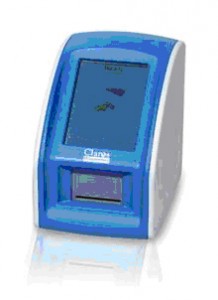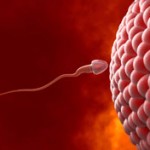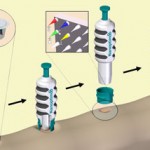This month sees the following articles in Lab on a Chip that are in the top ten most accessed:-
Cell lysis and DNA extraction of gram-positive and gram-negative bacteria from whole blood in a disposable microfluidic chip
Madhumita Mahalanabis, Hussam Al-Muayad, M. Dominika Kulinski, Dave Altman and Catherine M. Klapperich
Lab Chip, 2009, 9, 2811 – 2817, DOI: 10.1039/b905065p
Programmable diagnostic devices made from paper and tape
Andres W. Martinez, Scott T. Phillips, Zhihong Nie, Chao-Min Cheng, Emanuel Carrilho, Benjamin J. Wiley and George M. Whitesides
Lab Chip, 2010, 10, 2499 – 2504, DOI: 10.1039/c0lc00021c
Microfluidics without pumps: reinventing the T-sensor and H-filter in paper networks
Jennifer L. Osborn, Barry Lutz, Elain Fu, Peter Kauffman, Dean Y. Stevens and Paul Yager
Lab Chip, 2010, DOI: 10.1039/c004821f
Lab-on-a-chip devices as an emerging platform for stem cell biology
Kshitiz Gupta, Deok-Ho Kim, David Ellison, Christopher Smith, Arnab Kundu, Jessica Tuan, Kahp-Yang Suh and Andre Levchenko
Lab Chip, 2010, 10, 2019 – 2031, DOI: 10.1039/c004689b, Tutorial Review
Massively parallel detection of gene expression in single cells using subnanolitre wells
Yuan Gong, Adebola O. Ogunniyi and J. Christopher Love
Lab Chip, 2010, 10, 2334 – 2337, DOI: 10.1039/c004847j, Communication
Dynamics of microfluidic droplets
Charles N. Baroud, Francois Gallaire and Rémi Dangla
Lab Chip, 2010, 10, 2032 – 2045, DOI: 10.1039/c001191f, Critical Review
Precompetitive preclinical ADME/Tox data: set it free on the web to facilitate computational model building and assist drug development
Sean Ekins and Antony J. Williams
Lab Chip, 2010, 10, 13 – 22, DOI: 10.1039/b917760b, Perspective
Electrochemical sensing in paper-based microfluidic devices
Zhihong Nie, Christian A. Nijhuis, Jinlong Gong, Xin Chen, Alexander Kumachev, Andres W. Martinez, Max Narovlyansky and George M. Whitesides
Lab Chip, 2010, 10, 477 – 483, DOI: 10.1039/b917150a
Vortex-assisted DNA delivery
Jun Wang, Yihong Zhan, Victor M. Ugaz and Chang Lu
Lab Chip, 2010, 10, 2057 – 2061, DOI: 10.1039/c004472e
Shrink film patterning by craft cutter: complete plastic chips with high resolution/high-aspect ratio channel
Douglas Taylor, David Dyer, Valerie Lew and Michelle Khine
Lab Chip, 2010, 10, 2472 – 2475, DOI: 10.1039/c004737f, Technical Note
Why not take a look at the articles today and blog your thoughts and comments below.
Fancy submitting an article to Lab on a Chip? Then why not submit to us today or alternatively email us your suggestions.














